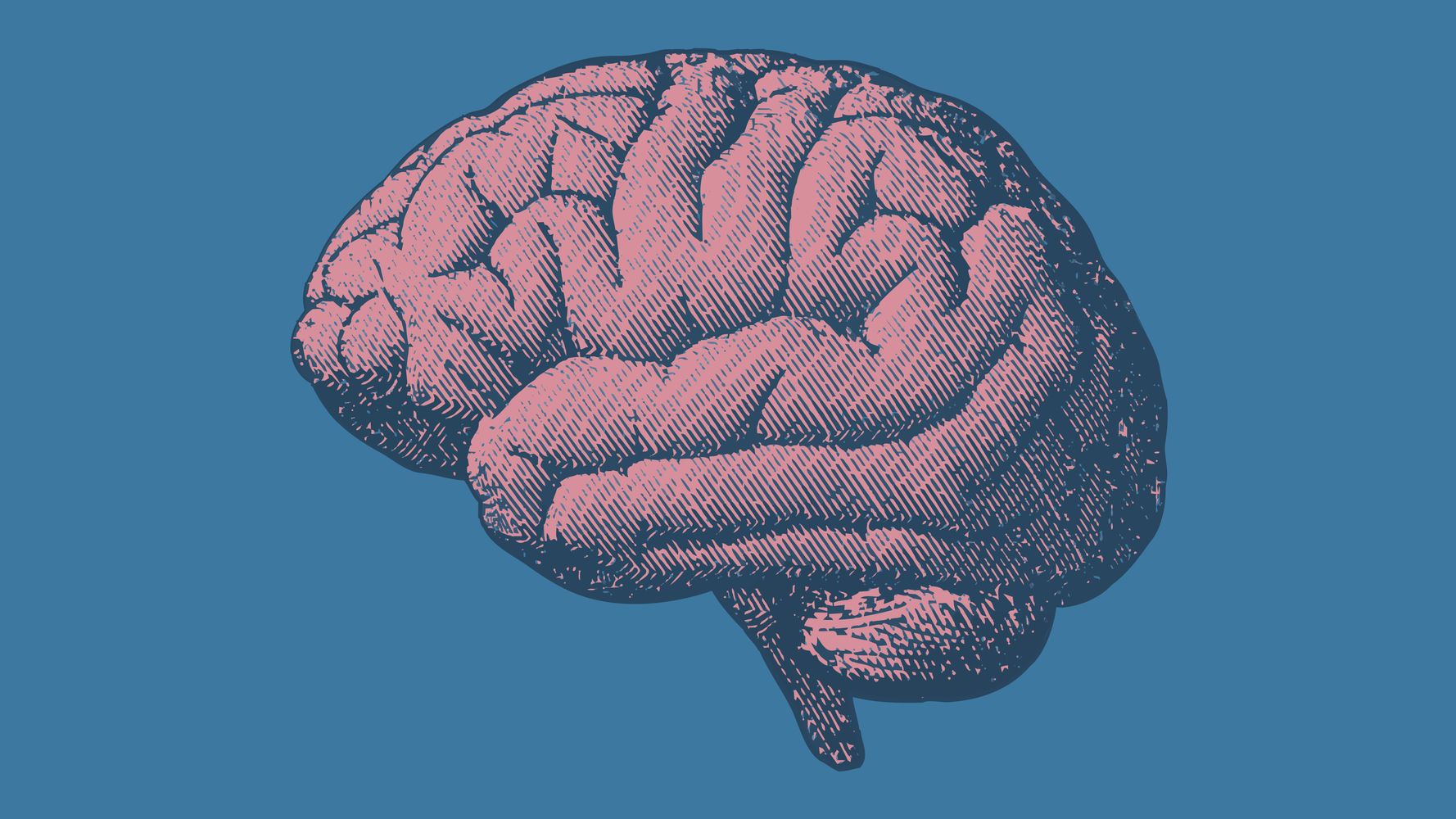As researchers have learned more about COVID-19 and its impact on the body, they have begun to recognize that the well-documented pulmonary effects of the virus are just the tip of the iceberg.
Increasingly, doctors and scientists are focused on how COVID-19 impacts the brain in big and small ways — none of them good. As one neuroscientist said in the journal Nature: “The neurological symptoms are only becoming more and more scary.”
Experts are still digging into the neurological impact of COVID-19, and there are perhaps more questions than answers at this point. But here are some of the biggest findings to date:
Neurological injuries from COVID-19 may actually be pretty common.
While the coronavirus-brain connection was once thought to be pretty rare, it now seems that may not be the case.
Research published in October by a team with New York University suggests that SARS-CoV-2, the virus that causes COVID-19, leads to neurological injuries in roughly 1 out of every 7 people infected.
Those injuries run the gamut in severity, from temporary confusion to seizures and stroke. And they can occur without the virus appearing to directly enter the brain or the nervous system, suggesting many neurological injuries associated with COVID-19 are a secondary effect of becoming really sick with the virus, which can lead to problems like oxygen loss and blood clots.
To that end, the researchers behind the NYU study have argued their findings show that doctors who treat patients with serious COVID-19 must be aggressive in getting oxygen levels stable. If they cannot, the brain may pay a steep price.
Severe effects, like inflammation of the brain, are possible.
Though rare, cases of encephalitis, or inflammation of the brain, have been documented among infected individuals. Experts say that’s not altogether surprising, given that encephalitis is often caused by viral infections. But it is serious, as encephalitis can be life-threatening.
It is not yet clear why certain people who have COVID-19 appear to develop this type of serious brain swelling.
But in a troubling development, it appears that some individuals develop encephalitis without demonstrating other more well-known symptoms. For example, in a case report that looked at roughly 40 people in the U.K. who developed neurological issues related to COVID-19, several patients who had encephalitis actually had pretty mild respiratory issues.
“This was the brain being hit as their main disease,” a neuroscientist behind the case study told the journal Nature.
COVID-19 has been linked to chronic cognitive deficits.
A preliminary study published in late October suggests that people who are infected with COVID-19 may have cognitive issues that last for months, particularly if they fall severely ill and require hospitalization.
By analyzing scores on a widely available cognitive test, researchers found that COVID-19 aged some patients’ brains by roughly 10 years.
“People who had recovered, including those no longer reporting symptoms, exhibited significant cognitive deficits,” the authors of the study wrote in a report of their findings.
One important note: The study was not subject to peer review. But it is not the only research to link ongoing cognitive decline with COVID-19, even in people considered to be recovered from the virus.
In a small study of 29 people in China who had COVID-19 and had recovered from the virus, the patients showed persistent issues with sustained attention, or the ability to focus on one task for a period of time without getting distracted.
COVID-19 symptoms can include neurological issues.
COVID-19 can certainly cause milder neurological symptoms, such as headaches and dizziness. The Centers for Disease Control and Prevention now includes headaches on its short list of some of the most common symptoms associated with the virus.
Some COVID-19 survivors may develop a mental health disorder.
Research also suggests that 1 in 5 patients might develop a mental illness for the first time within three months of getting infected with the virus. This could include anxiety, depression or insomnia.
At this point, it is unclear exactly what the link is, but experts have long known that physical and mental health are closely intertwined.
SARS-CoV-2 might enter the brain through the nose.
Again, doctors and researchers aren’t yet clear on how the coronavirus reaches the brain, but as experts with Johns Hopkins Medicine explain, they have generally zeroed in on four primary possibilities.
The virus may enter the brain directly and cause severe infection. The brain may be hurt when a person’s immune system goes into overdrive. The brain may be hurt by general chaos in the body (including low oxygen levels). Or the brain may suffer as a result of blood clotting.
That first possibility — that SARS-CoV-2 can cross into the central nervous system and brain — is among the most unsettling. But there is some new evidence suggesting it’s true.
A small German study of 33 people who died from COVID-19, published at the end of November in the journal Nature Neuroscience, found that more than half of the patients had evidence of SARS-CoV-2 in their noses and their brains, prompting researchers to conclude the virus could invade the nervous system — and the brain — through the olfactory tract. That might help explain why loss of smell and taste are a common symptom of COVID-19, although that is far from settled and a matter of ongoing debate among researchers.
While COVID-19 invading the brain through our noses might sound like the stuff of nightmares, there is still much research to be done in order for experts to truly understand how the virus affects the central nervous system. In the meantime, preventive measures continue to be essential. Wear masks, keep your distance and wash your hands.
Experts are still learning about COVID-19. The information in this story is what was known or available as of publication, but guidance can change as scientists discover more about the virus. Please check the Centers for Disease Control and Prevention for the most updated recommendations.


